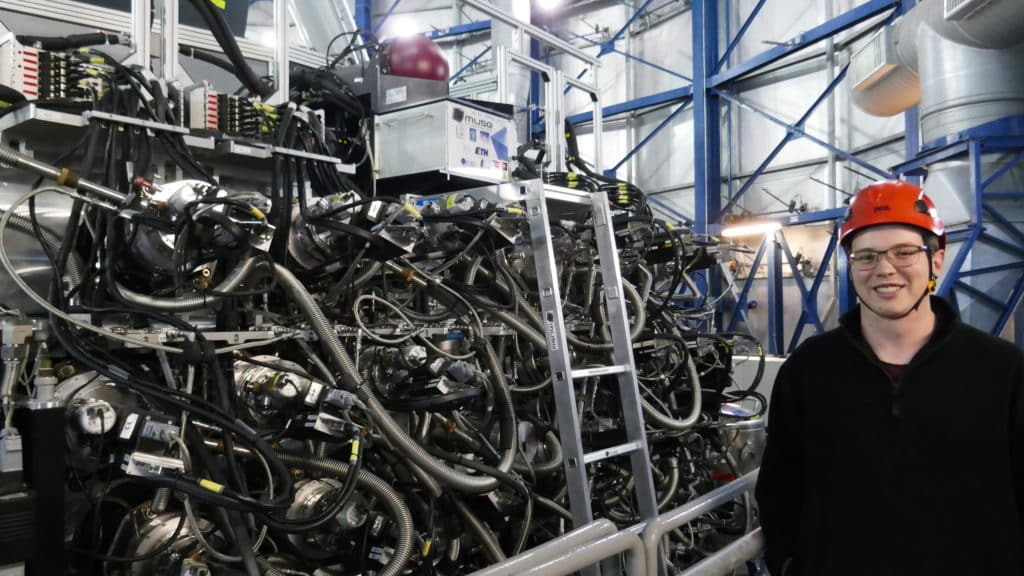Integrating electric vehicles into the grid could prevent blackouts
Electric vehicles consume a large amount of energy. As more people get electric cars and charge them at home, it puts a strain on our current electricity distribution, but researchers from the CSIRO says it doesn’t have to be that way.
They devised a computer module to model how electric vehicles could be integrated into the electricity grid to make it more reliable and efficient.
Continue reading A smart new way to charge electric vehicles










